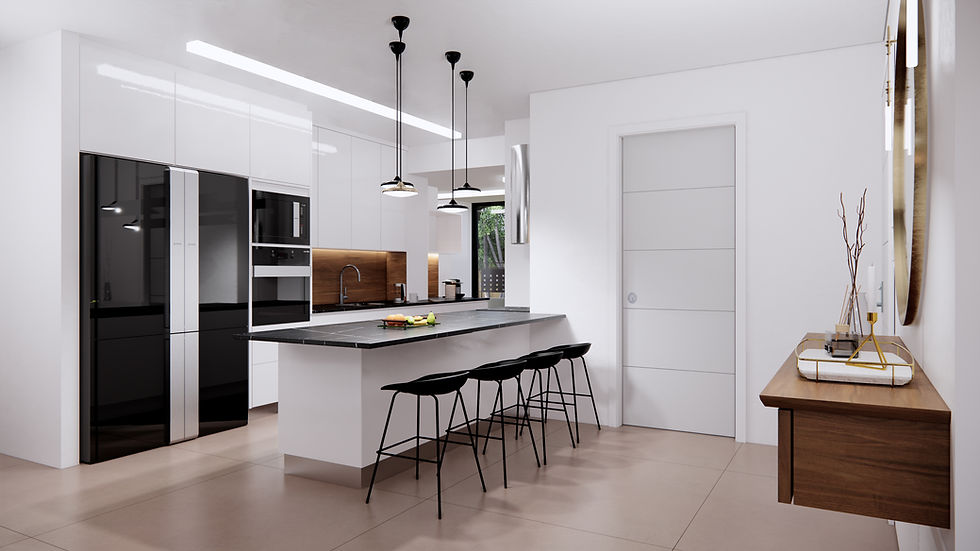How to apply Virtual Reality in architecture
- Daniel Shnaider
- Feb 2, 2021
- 2 min read
Updated: Apr 9, 2021
Digital technologies have transformed the work of many sectors. And among these technologies, Virtual Reality has notably improved the way of visualizing the tasks performed, even increasing productivity. In the architecture sector, it allows improving the designs previously made in 3D and to visualize in a much more exact way the final result of the structure to be built.
In recent years, Virtual Reality in Architecture has evolved to become a very valuable tool, which benefits, all areas of any project. The technologies used in Virtual Reality, like the Building Information Model (BIM) software, allow you to understand each process much better, which in turn helps you to offer a better design and improve communication and collaboration with your clients.
So, Virtual Reality in architecture is used before starting a project, studying and calculating the elements that will later form part of our design. You can also use it during its design, validating measurements, and reducing errors. After the design is finished, Virtual Reality is a great support to show the architectural project to people.
Benefits of applying Virtual Reality in architecture
1. Personalization of individual experience
You will be able to involve your clients in a special way. They will visit their future home, modify finishes, combine colors, etc. That is, they will feel like part of the project.
2. Simulation of real-world scenarios
You will be able to explore and improve the initial design generating a real experience. For example, you will be able to simulate the possible evacuation routes in case of emergency, to choose the most suitable option. Also, Virtual Reality can help you better understand the effects of light distribution and artificial light compensation to promote energy savings.
3. Construction training
Virtual Reality can provide a training ground for new construction workers. Accordingly, Virtual Reality applications act as a proactive approach that translates into efficiency and security.
4. Competitive advantage
Using Virtual Reality can reward you in terms of brand recognition. Remember we are talking about innovative technologies in the architectural field, but its status as a disruptive technology is undeniable. Therefore, it may be the ideal time to take the big step towards Virtual Reality in architecture.
5. Savings
While it is true Virtual Reality technology requires a prior investment, we are convinced that the ROI (Return On Investment) will compensate for it. An example is the visit of the real estate. You can teach any project from the office without having to travel, or even online.
But not only Virtual Reality can be applied as a work tool during construction. Within the sector itself, you can find more applications:
Design departments
Warehouse logistics and management
Simulation of dangerous situations
Industrial maintenance
Museums
Cultural heritage
Education
Advanced information display
Product catalog
Training and protocol
In summary, Virtual Reality is a tool that is not only useful but in the not too distant future, it will be indispensable within the architectural guild. So the sooner you learn to use it, the more advantage you will have within the world of architecture.






Comments